The Best Running Shoes
Find the right running shoes for you with our recommendations based on extensive testing of pairs from Nike, Adidas, Brooks, Asics, Saucony, Hoka, New Balance, Puma and others

Quick list
1. Best value
2. Best for beginners
3. Best racing shoe
4. Best daily trainer
5. Best cushioned shoe
6. Best stability shoe
Once you start running regularly, it’s worth spending some time researching and trying running shoes to find the best ones for you.
What makes for the perfect pair depends on your aims, speed, running style and even fashion sensibilities. Don’t disregard the last factor—you want to feel good in these shoes if you’re going to be covering hundreds of miles in them, and a pair of running shoes from a reputable brand will last you around 400 to 500 miles.
Below you’ll find my recommendation for six different categories—best value, best for beginners, best for racing, best daily trainer, best cushioned shoe and best stability shoe—plus a variety of other options to consider in that category. Everything is based on my experience of running at least 50km in each pair, and I’ve tried such a wide range of shoes that I know when a shoe has something special in comparison with the others available. Those are the shoes with an Editor’s Choice badge.
My recommendations are based on running at least 50km in each pair
All the same, different runners will get different things from different shoes, so make sure to factor in your own experience when picking your new kicks. But hopefully somewhere on the list is a pair that’s set to carry you through hundreds of happy miles of running, and maybe a PR or two if you have racing in mind.
Everything below is built for the road, so if you’re planning to do most of your running off-road, we have lots more recommendations for different kinds of terrain in my round-up of the best trail-running shoes.
How I Test Running Shoes
You can trust Coach
I write almost all the running shoe reviews on the site (with a few exceptions, such as the women’s Adidas UltraBoost 22). I’m a committed runner with PRs of 15min 30sec for 5K and 2hr 28min for the marathon, and I log around 70-110km of running each week for my training.
That training allows me to test many, many running shoes extensively, and I’ve run in and reviewed hundreds of them. That breadth of experience allows for a uniquely well-informed opinion on whether a new release really is the best option available.
The downside of this approach is that we don’t have a range of runners sharing their opinions on shoes. It’s inevitable that people will have different opinions on a shoe, but I tailor the testing I do for each shoe to its stated purpose, so I can give my take on whether it lives up to its billing and is worth the price.
I cover around 50km-70km in each shoe to see if its performance changes after a bedding-in period, and do a range of runs in each shoe to see how it handles fast, slow, short and long runs.
The Quick List
Here you’ll find my picks in the most popular running shoe categories, and you can click on any shoe to jump to my full review for more information.
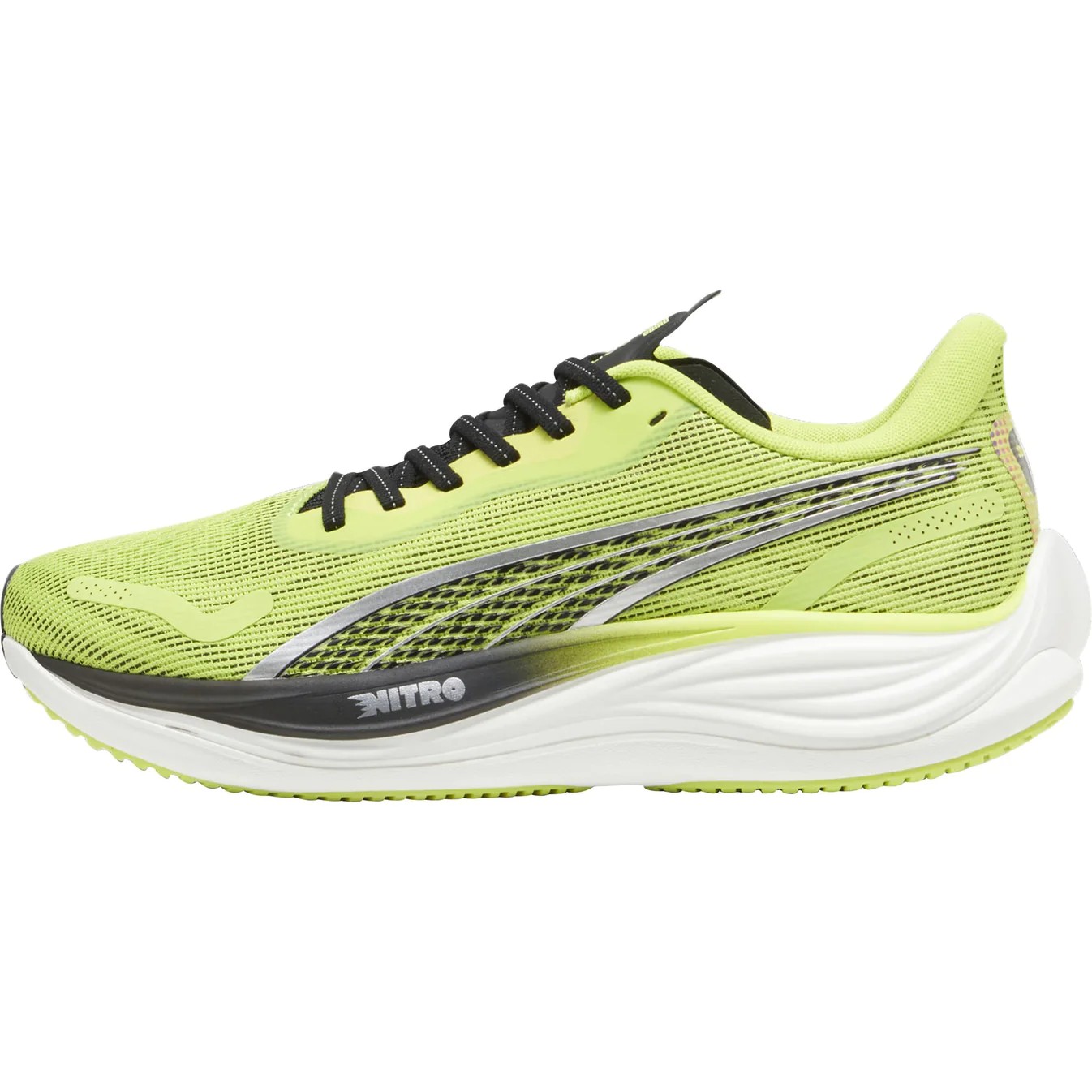
Best value
The Puma Velocity Nitro 3 is an excellent shoe that’s versatile enough to handle your daily training and comes in cheaper than most alternatives. It works as a cushioned shoe in a rotation, or as an all-rounder for newer runners.

Best for beginners
One of the most popular and reliable shoes on the market, the Nike Pegasus 40 is a great pick for beginners because it’s comfortable, durable and pretty versatile. It’s a very safe pick, and good value.
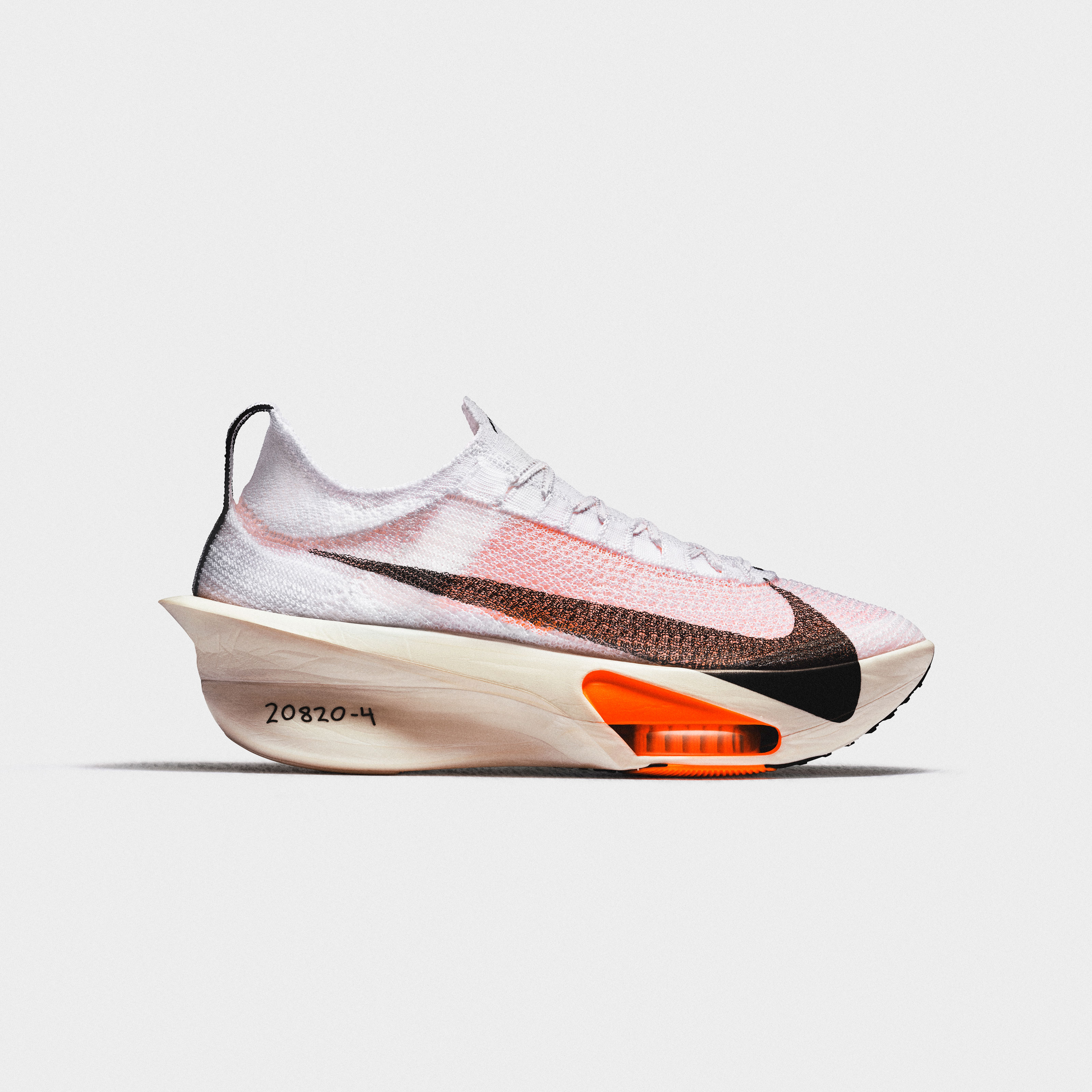
Best racing shoe
The Alphafly 3 just edges out its Nike stablemate the Vaporfly 3 as the best overall racing shoe, with the efficient propulsive ride of the Alphafly 3 making it an outstanding option for chasing PBS at any distance, especially the marathon.
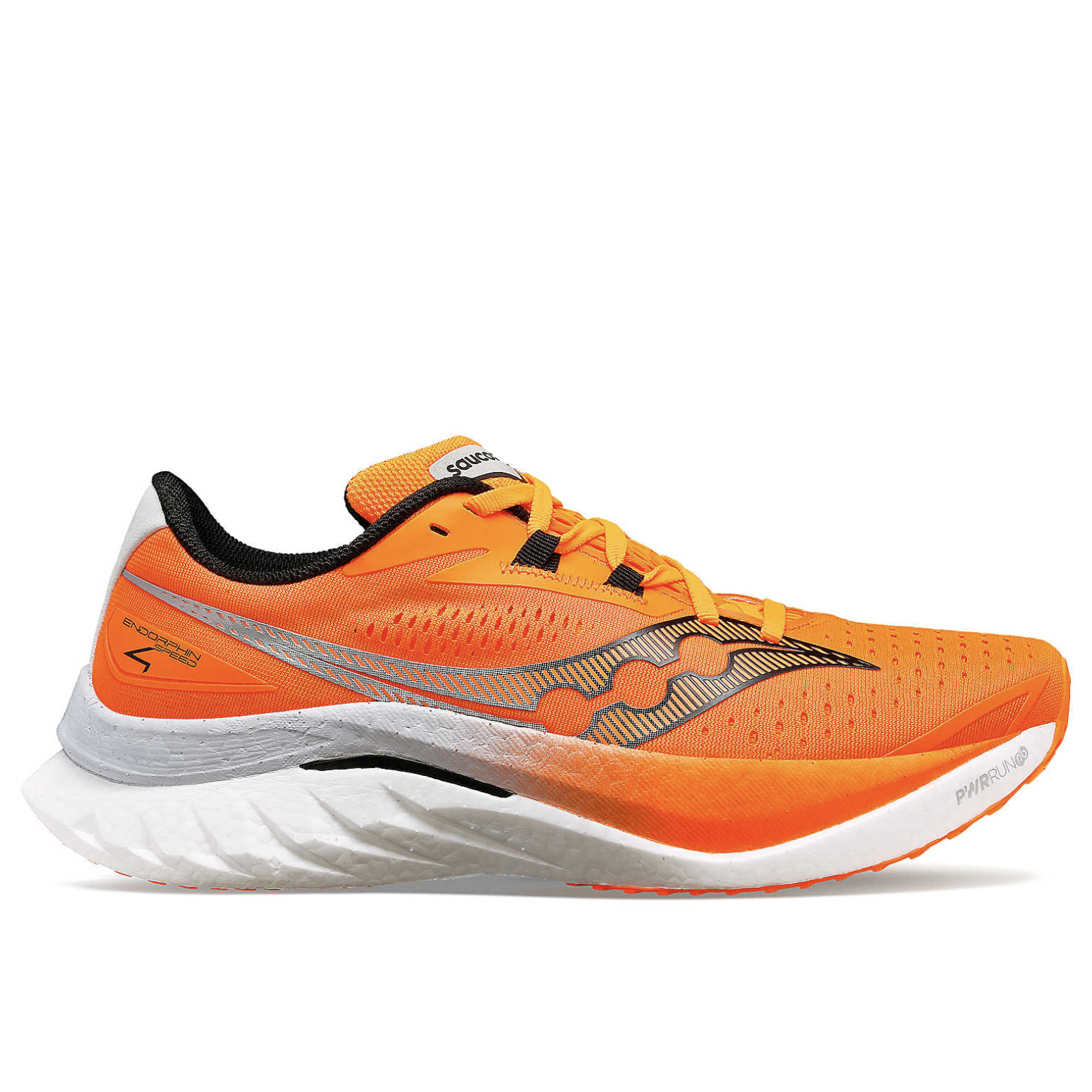
Best daily trainer
The Saucony Endorphin Speed 4 is the most versatile running shoe on the market. It’s the ideal option for those seeking a daily trainer to do a bit of everything, from interval sessions and speedy tempos to slow long runs.
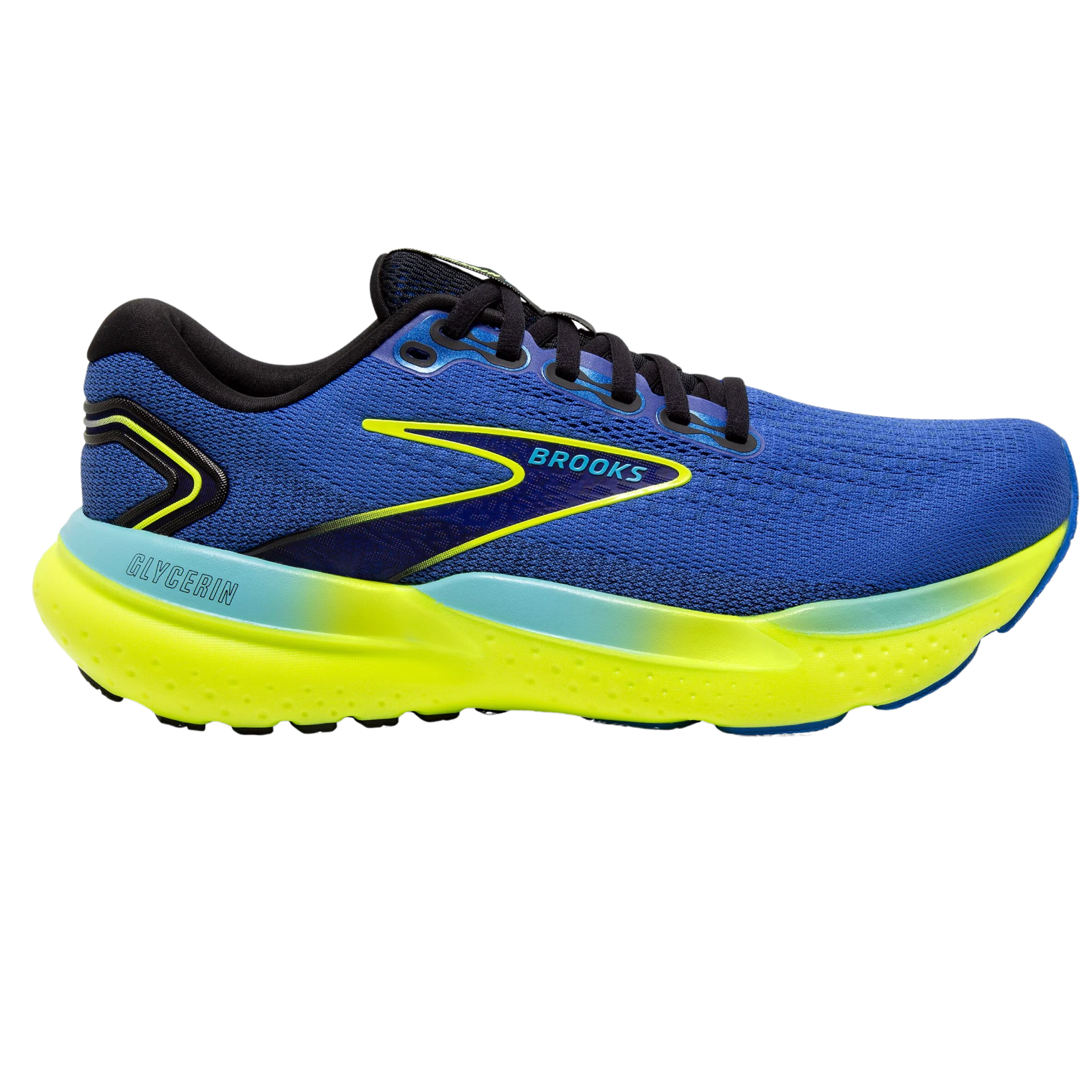
Best cushioned shoe
The Brooks Glycerin 21 is a comfortable shoe that works well as either an easy-run option in a rotation or a daily trainer that’s suitable for all your runs—if you value cushioning and protection above all.
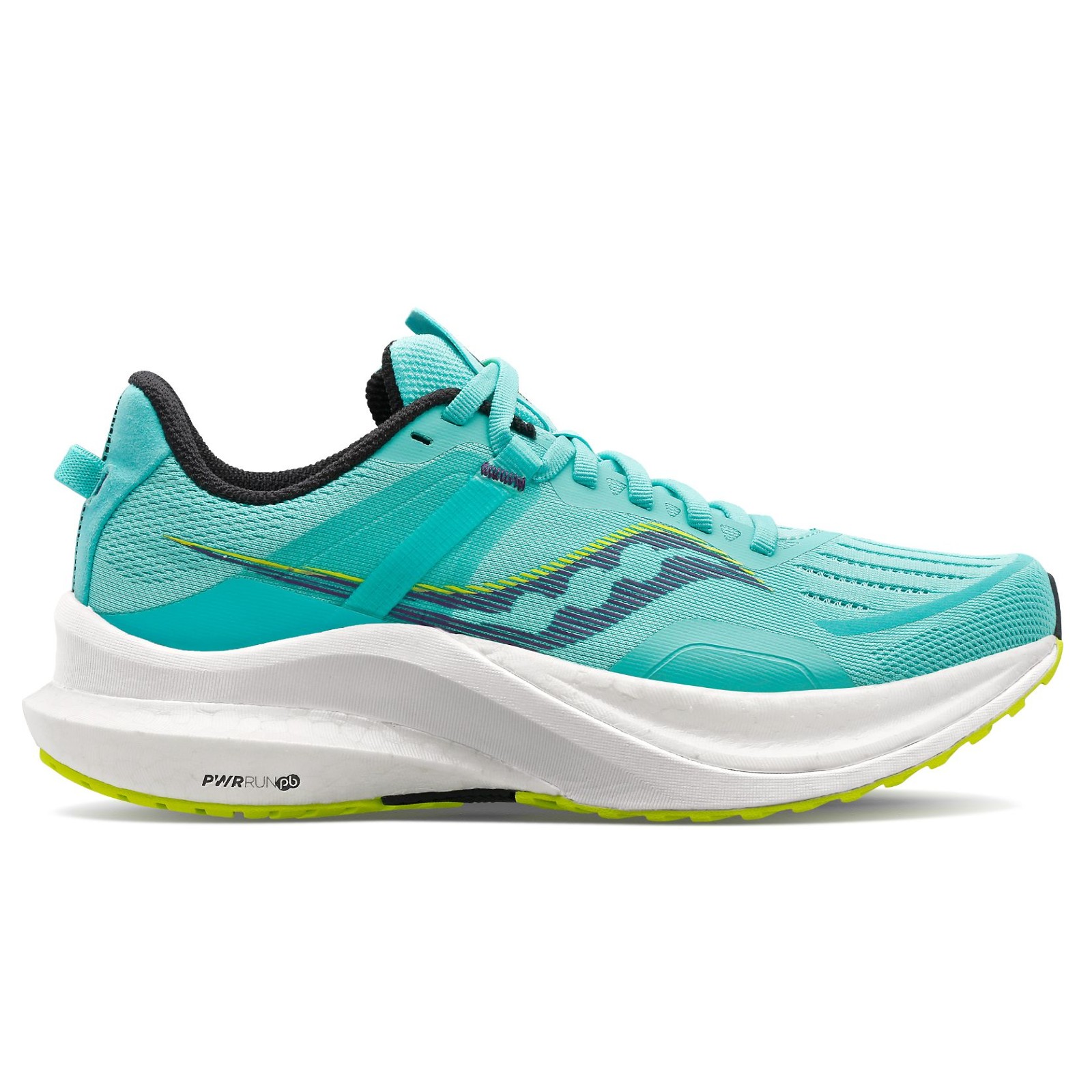
Best stability shoe
The Tempus uses a dual-density midsole: A stable frame made with a firmer foam surrounds a bouncier, lighter core. This creates a stable but still lively ride that sets the Tempus apart from other stability shoes.
Best Value Running Shoes

Specifications
Reasons to buy
Reasons to avoid
I’ve tested hundreds of pairs of running shoes since first trying the original Puma Velocity Nitro, and almost all of those shoes have been more expensive than the Puma, but the Velocity is the one that I end up using as part of my own running shoe rotation. It doesn’t just undercut most other shoes on price, it also outperforms them on the run.
The Velocity Nitro 3 has a well-balanced ride that’s comfortable for easy plods and long runs, but has enough bounce and a fast transition for speed sessions, so it can be used as an all-rounder. It also has an excellent outsole that grips brilliantly on wet pavements, making it a top pick for winter training. It has something to offer runners of all levels, whether you need a workhorse for easy stuff or one shoe to do it all.
There’s not a lot in it between the Velocity Nitro 2 and 3, with the newer shoe having a little more foam underfoot, so if you see the Velocity Nitro 2 in a deal then that could be even better value.
Read more in my Puma Velocity Nitro 3 review
Also consider: Another good-value pick is the Kiprun KS900 Light from Decathlon, which has a soft EVA midsole and is a comfortable option for easy runs, though the ride is less lively than the Puma’s. The Nike Pegasus is another shoe to consider, particularly because you can often get a deal on older versions of the shoe, and the Pegasus 39 is just as good as the Pegasus 40. The Reebok Floatride Energy 5 is also excellent value as a daily trainer that costs even less than the Velocity Nitro 3, though it has a firmer ride and might not feel cushioned enough for all runners.
Best Beginner Running Shoes

Specifications
Reasons to buy
Reasons to avoid
The Nike Pegasus 40 is a reliable shoe that’s perfect for new runners who aren’t exactly sure what they’re looking for yet. It’s cushioned and comfortable without having an especially high stack, and the midsole foam is naturally quite stable as well as being highly durable. The outsole is also durable and grips well, and the ride is versatile enough that the Pegasus will handle any kind of run you do as a newer runner.
Another plus point for the Pegasus is that it’s not too expensive, and if you can find the older Pegasus 39 in sales I’d grab that instead for an even better price. It also looks pretty good for a running shoe, so if you end up deciding the sport isn’t for you it will still work as a casual shoe.
Read more in my Nike Pegasus 40 review
Also consider: The Puma Velocity Nitro 2 is another great beginner option, with a livelier ride and lower price than the Pegasus. If you want a more stable option then the Puma ForeverRun Nitro is a versatile shoe for beginners that’s more stable than the Velocity.
If you’d like more cushioning, the top picks in the cushioned shoe section below will all work for beginners too. The stand-outs are the Brooks Glycerin 20 and if you’re happy to spend big and want as much cushioning as possible underfoot, the Asics Gel-Nimbus 25.
Best Racing Shoes
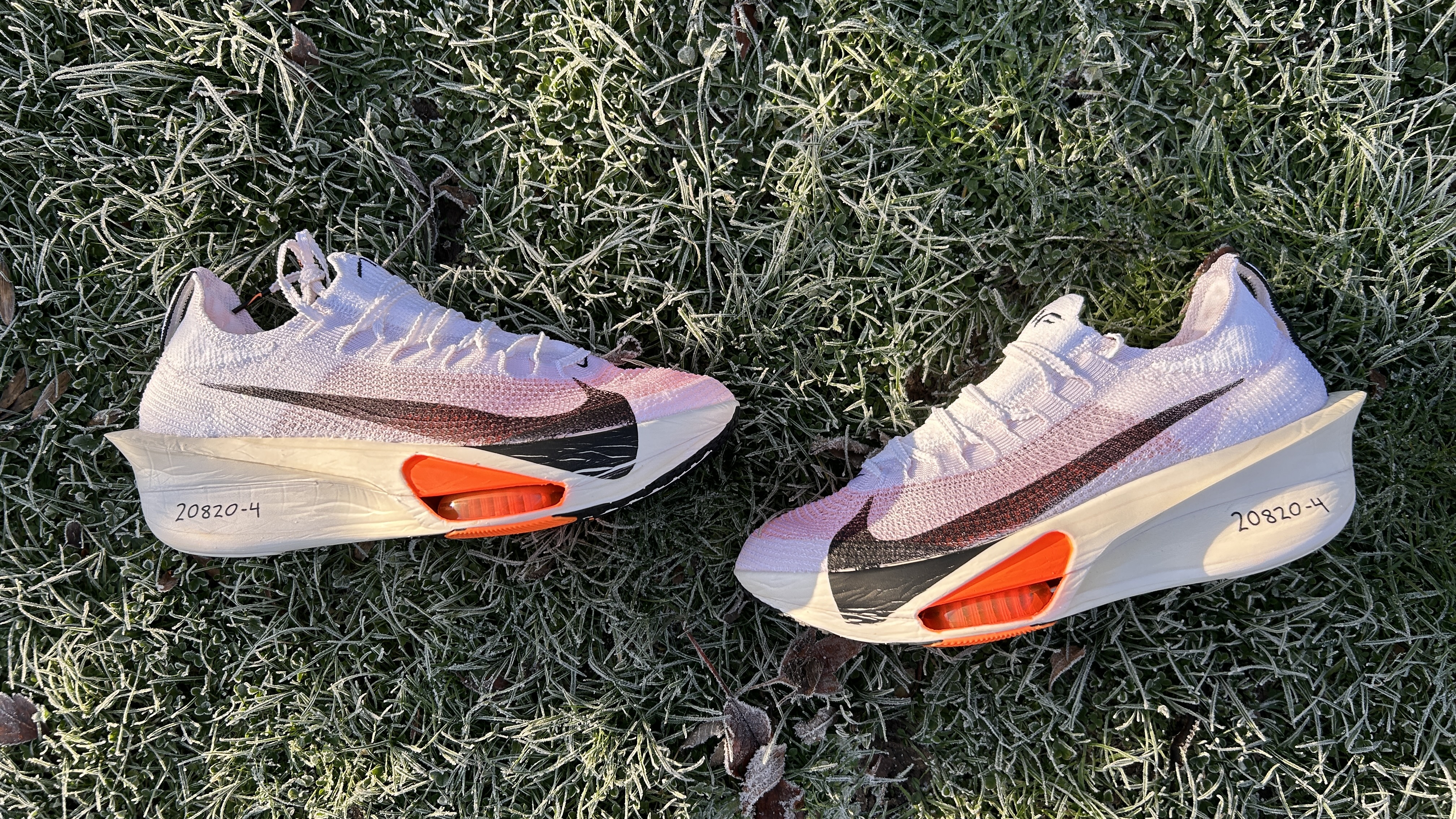
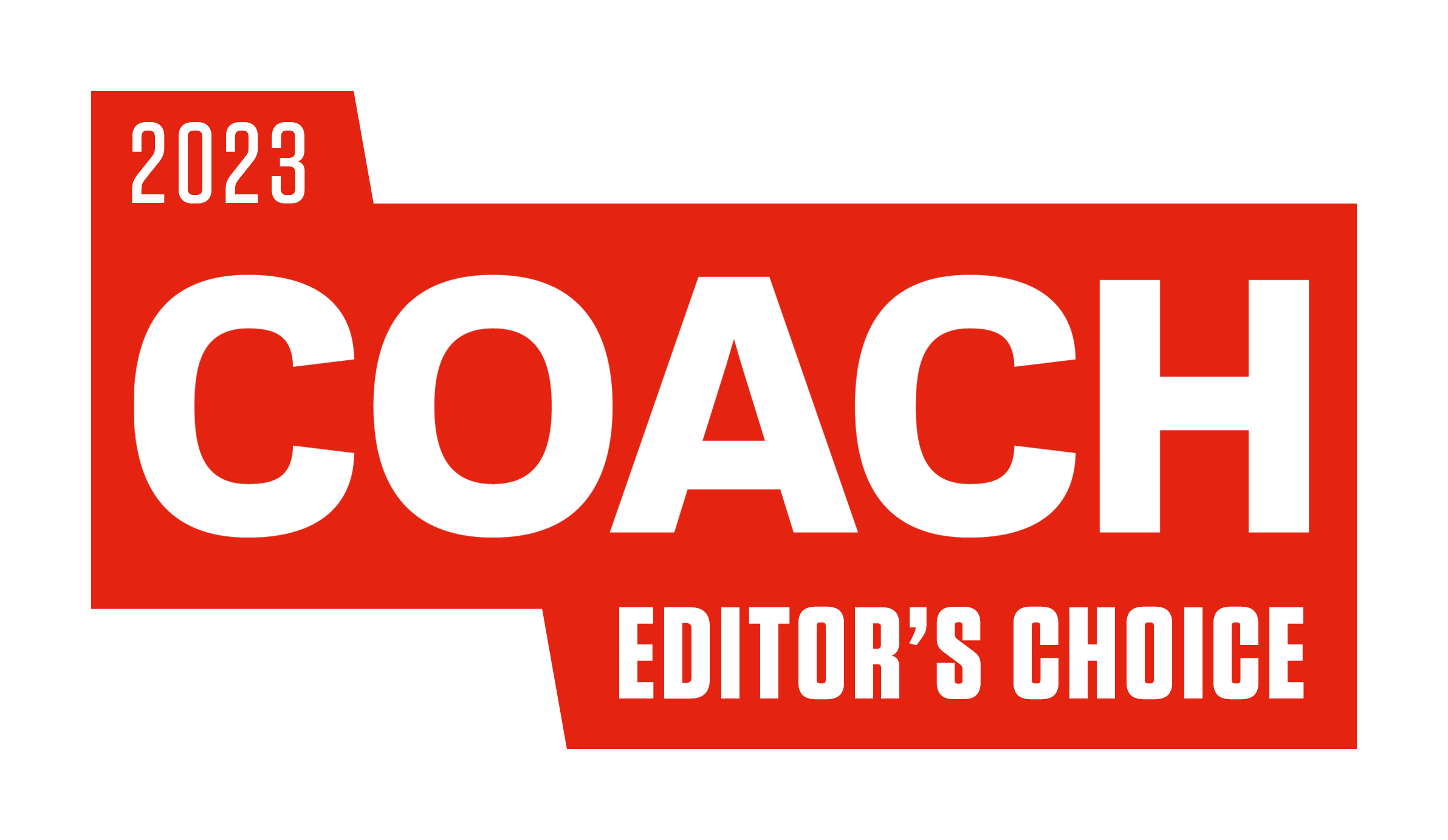
Specifications
Reasons to buy
Reasons to avoid
The Nike Alphafly 3 is the best carbon plate running shoe going, which makes it the best racer you can get, with the updates made to the third version of the shoe making it lighter, smoother and faster than ever before. The combination of the bouncy PEBA-based ZoomX midsole foam and the Air Zoom pods in the forefoot of the shoe create an incredibly propulsive ride that helps you power through your races and chase down PBs.
I’ve tested almost all of the carbon racers from the major brands and the Alphafly 3 really does stand out from the pack, which isn’t easy given the quality and variety of racing shoes you can get these days. The Nike Vaporfly 3 is its strongest competitor, with its lightweight design meaning some runners might well prefer it for short races in particular.
Read more in my Nike Alphafly 3 review
Also consider: Pretty much every brand now has a terrific carbon plate running shoe in its line-up, and the competition with the Alphafly is fierce from within and without. As mentioned above, the Nike Vaporfly 3 is a strong alternative for racing at any distance, as is the Hoka Rocket X2, while the Adidas Adios Pro 3 is another very strong marathon racing shoe to consider.
The Saucony Endorphin Pro 3 delivers a high level of performance while feeling more natural than the Alphafly 3, so it might work for more runners. If it’s unnatural you’re after, the Mizuno Wave Rebellion Pro is an exciting shoe aimed at the marathon with a distinctive design that rocks you forward dramatically.
Best Daily Trainer
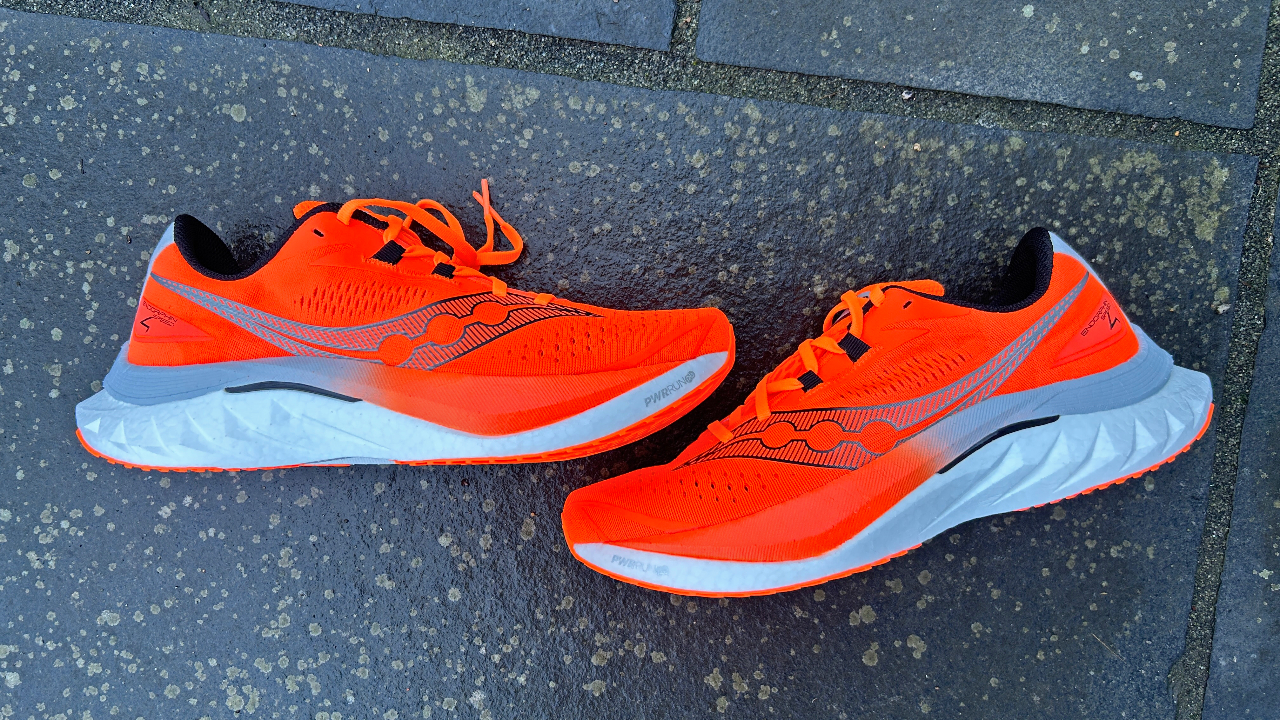

Specifications
Reasons to buy
Reasons to avoid
The Saucony Endorphin Speed has been the best do-it-all daily trainer since the original version launched. Its versatile ride is comfortable for easy plods but snappy and quick enough for speed sessions and even races. There’s a nylon plate in the midsole, which adds some propulsion without being as stiff or harsh as a carbon plate, and the Peba-based PWRRUN PB cushioning has some bounce without being too soft and unstable.
While the foam is good, it is the Speedroll rocker that I’ve also considered key to the Endorphin Speed’s success. It rolls through your footstrike smoothly and makes running at any pace feel a little easier.
The Saucony Endorphin Speed 4 doesn’t feature big changes compared with the Speed 3, but I found the new upper a little more comfortable and the fit more secure, and the outsole also has a bit more grip. The midsole also seems to have been tweaked to deliver a slightly quicker ride, and I prefer the Speed 4 all round. That said, the Speed 3 is pretty much as good, so if you see it in sales for a lot less, the older shoe would be better value.
Read more in my Saucony Endorphin Speed 4 review
Also consider: The other outstanding daily trainer that uses super-shoe tech is the Adidas Boston 12, which is also very versatile, though the upper isn’t that comfortable. The Puma Deviate Nitro 2 is another “super-trainer” you can use for pretty much everything and it has a fantastic outsole that works on light trails as well as the road.
There are plated shoes that work better for easy runs, like the Hoka Mach X and New Balance SC Trainer v2. These are comfortable and better picks for new runners who want a plated shoe but might find the likes of the Speed 3 a little unstable.
If you prefer a non-plated daily trainer, there’s a whole section below full of good options, with the standouts being the New Balance FuelCell Rebel v4 and Asics Superblast.
Best Cushioned Shoes

Specifications
Reasons to buy
Reasons to avoid
The Brooks Glycerin 21 is a well-balanced cushioned shoe, offering a stable ride that’s a bit firmer than some rivals, but still comfortable for runs of any distance. It’s more versatile than many max-cushioned shoes thanks to the nitrogen-infused midsole, which returns more energy with each stride than soft-and-squishy foams, and will work well as an all-rounder for runners who want a cushioned daily trainer.
I found the Glycerin 21 at its best for long runs and it’s a great marathon-training option as a result. The foam retains its bounce over any distance and the shoe is comfortable and has a bit of pop if you want to up the pace. It’s expensive, so if the price is too high check out our “also consider” section for better-value cushioned shoes.
Read more in my Brooks Glycerin 21 review | More of the best cushioned running shoes
Also consider: If you crave as much soft cushioning as possible then there are less versatile but plusher shoes available, like the New Balance Fresh Foam X 1080v13, Asics Gel-Nimbus 26 and Nike Invincible 3 (or Nike Invincible 2, if you can find it, because I rate that as better than the newest model).
There are some great cheaper cushioned shoes too, with the best being the Puma Magnify Nitro 2, Saucony Ride 17 and Brooks Ghost Max. The Magnify Nitro 2 and Ride 17 are versatile cushioned shoes with a similar feel to the Glycerin 21, while the Ghost Max is a more rockered shoe which some may prefer.
The New Balance Fresh Foam X More v4 is another highly cushioned option with a rockered ride that’s smooth and protective for easy runs, if less lively and bouncy than other cushioned shoes. If you’re sticking to shorter distances, the On Cloudsurfer is another great cushioned shoe that also looks great for casual use.
Best Stability Shoes
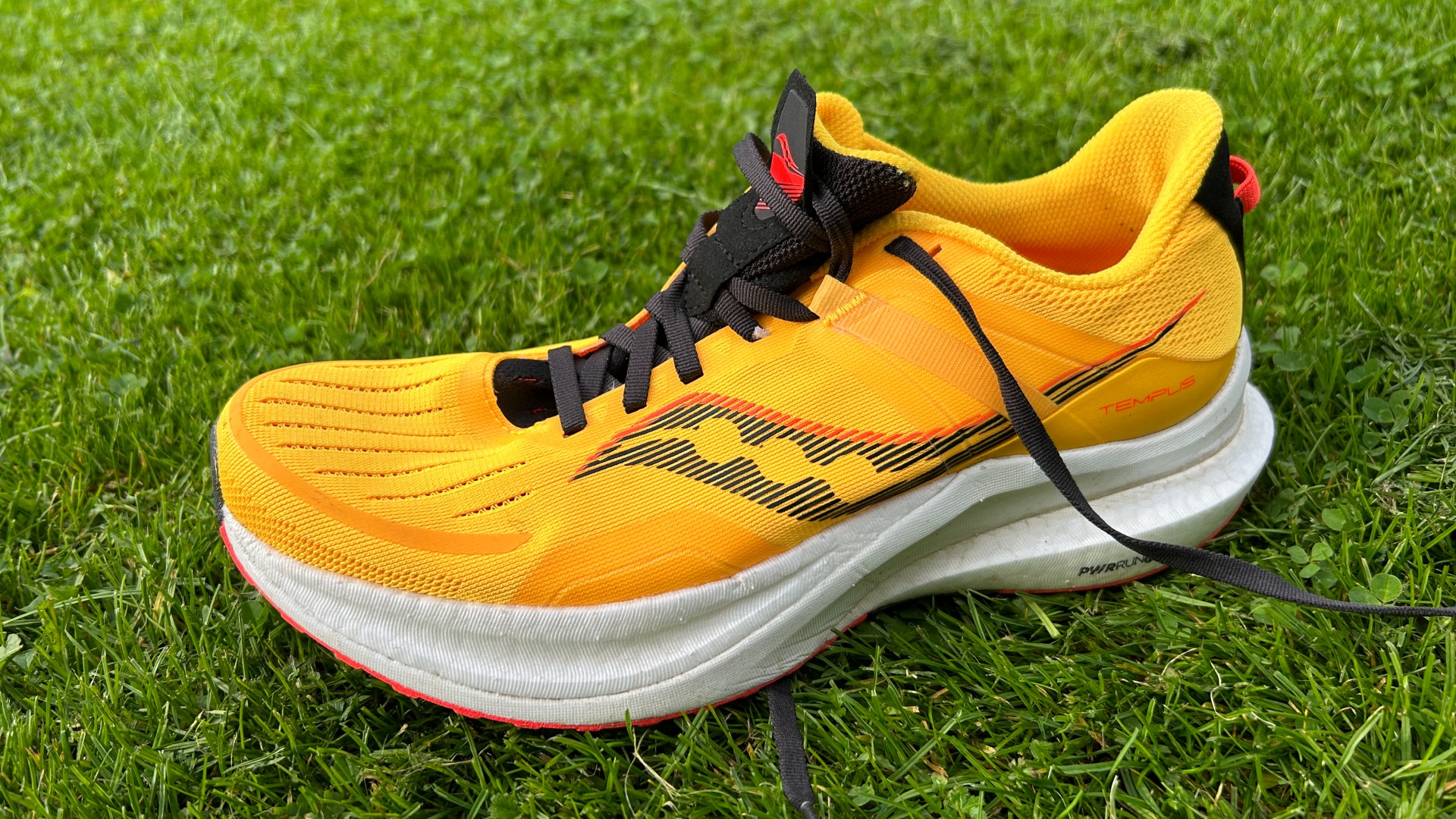
Specifications
Reasons to buy
Reasons to avoid
The Tempus is the softest, bounciest and most enjoyable stability shoe I’ve used, and manages to be all those things without sacrificing the support required by runners who overpronate. The midsole uses two foams: the light and springy PEBA-based PWRRUN PB material also used in Saucony’s top racing shoes, and the brand’s firmer PWRRUN foam, which forms a frame around the softer foam to ensure a stable ride.
It’s a great daily trainer that works well for all runners, since it’s relatively light and the stability elements aren’t really noticeable if you’re a neutral runner. The only downside is the high price, and those who don’t need a stability shoe will find better value in neutral daily trainers like the Puma Velocity Nitro 2. That said, if the price doesn’t put you off or you do need the stable design, the Tempus is certainly one to have near the top of your list.
Read more in my Saucony Tempus review | More of the best stability running shoes
Also consider: I can’t claim the same expertise in stability shoes as with other shoes, since I’m a neutral runner, but there are a couple of other great stable options I’ve tested that are more cushioned and geared more towards easy runs than the Tempus.
The first is the Puma ForeverRun Nitro, which has a great outsole and uses a firmer frame of foam around a bouncy core to create a stable and comfortable ride. The other is the Asics Gel-Kayano 30, which provides the best mix of comfort and stability thanks to its high midsole stack, but is suited to faster runs than either the Tempus or ForeverRun Nitro.
Best Daily Trainer Without A Plate

Specifications
Reasons to buy
Reasons to avoid
The Rebel v4 is an outstanding daily trainer that’s incredibly light but still feels cushioned and supportive enough for long and easy runs. The latest version of the shoe is a bit more cushioned and wider than the Rebel v3, and is more stable and enjoyable for easier efforts as a result, but the Rebel v4 still feels light and fast when using the shoe for speedwork.
It’s one of the most enjoyable shoes I’ve tested in 2024 so far and while a super-trainer like the Endorphin Speed 3 does have a faster, more propulsive ride, the Rebel v4 is still a highly-accomplished all-rounder and the lower, plate-free design will appeal to many runners who don’t want to use a max-stack, plated shoe for daily training.
Also consider: The Asics Superblast is a lot more expensive than the Rebel v4, but it’s a brilliant all-rounder and the massive stack of bouncy foam it has in its midsole delivers a very enjoyable ride for any kind of run. The Hoka Mach 5 is another great lower-stack option with a rockered ride, and those who like a more comfort-focused daily trainer should check out the Puma Velocity Nitro 3 as a reliable all-rounder. The cushioned shoe section above also contains several solid options for everyday runs.
Running Shoes Buying Advice
We have a dedicated article of expert advice about how to choose running shoes, but here we’ll run through some of the key terms and types of shoes, as well as explaining why some running shoes cost so much.
Understanding what’s on offer will help you find something suitable for the kind of running you intend to do. It can be especially useful for people new to the sport, helping them to avoid more specialist shoes intended for serious runners who use different pairs depending on the type of run they’re doing.
A running shoe rotation of two or three shoes is obviously a bigger expense up front, but if you’re in it for the long term and have the resources, consider that three pairs of shoes bought all at once will last you the same amount of time as three pairs of shoes bought in sequence (as long as you use them roughly equal amounts). Having dedicated shoes for different parts of a running training plan may also help you perform better in speed sessions and better protect your body through an ever-increasing volume of easy miles. Using different shoes also slightly changes the impact being placed on your body with each run, which—anecdotally at least—can reduce your risk of injury.
A typical three-shoe rotation would comprise of a well-cushioned option for easy and recovery runs, a speedier training shoe for tempo and interval workouts, and a racing shoe that’s saved for setting personal bests (PBs), since racers are typically less durable than training shoes.
Types Of Running Shoes
Road running shoes vs trail-running shoes The crucial difference here is grip. Take a road shoe on mud, and you will slip and fall. If you are planning on doing a mix of road and trail running, road-to-trail shoes can handle both terrains adeptly.
Stability shoes Most running shops offer free gait analysis that can tell you if you overpronate when running, which means your foot rolls excessively inwards on landing. If so, a shoe with stability elements to counter overpronation can be a worthwhile purchase, essentially to reduce the risk of getting injured. As well as full-stability shoes, you can buy neutral shoes with some extra features to increase stability, like a wider base or a substantial heel counter.
Daily trainers Designed for runners who have only one pair, these try to be both comfortable on easy runs and still light and quick enough for faster running, either during training or when racing.
Cushioned shoes For those who maintain a running shoe rotation, a well-cushioned option is used for easy and recovery runs, while runners focusing on comfort over pace in general might find that a cushioned shoe is all they need, especially when first starting out.
Racing shoes Built for setting PBs, racing shoes focus on being lightweight and speedy ahead of durability, grip and comfort. What kind of shoe you go for can depend on the distance you’re racing—marathoners will need more cushioning than those tackling 5K. Whatever distance you race, one key feature to look for in this category now is a carbon plate, usually paired with a soft and springy midsole foam.
Running Shoe Jargon
Stack height The height of the cushioning of the shoe, usually measured at the heel. This is limited to 40mm in road racing shoes by World Athletics.
Heel-to-toe offset Also known as a shoe’s “drop”, this is the difference in the height of the cushioning at the heel and the toe. High-drop shoes usually have an offset of between 8-11mm, while low-drop shoes are under 4mm and barefoot-style shoes are often zero-drop. There is no “correct” drop, it’s about what works for you, so if you find a shoe you love it might be worth noting the drop as something to look for in the future.
Midsole The middle part of the shoe that falls between its upper and the outsole. The midsole provides the cushioning, with other elements like carbon plates usually packed inside it.
Heel counter A firmer section on the upper that runs around the heel to create more stability. Sometimes it will be a plastic clip, but it can also just be a reinforced part of the upper.
How much do running shoes cost and what do you get for your money?
New launches in popular lines of running shoes will generally cost three figures, and $130/£130-$160/£160 is typical. Top racing shoes with carbon plates are even more expensive, usually between £170 and £230.
You don’t have to spend that much, however. There are many excellent shoes available for around the $100/£100 mark, and several great options that cost a lot less than that. Discounts on running shoes are also frequent, and it’s worth looking at older generations of popular shoe lines because they will cost significantly less than the latest editions while often having minimal differences in performance. We collect a running list of likely candidates on our budget running shoes article.
There are a few reasons for the variation in price. While there is certainly a degree of “paying for the name” of a shoe from Nike or Adidas over a budget brand like Kalenji, there are also more solid reasons. Shoe brands invest big money into researching materials for the midsole foam in their shoes, as well as other technology like carbon plates or stability features, and the shoes that contain the very best stuff tend to cost more. Also, while paying more is generally not a guarantee of better durability, shoes that cost around $20/£20 to $30/£30 will probably not last you as long as most $100/£100-plus shoes, racing shoes aside.
Do running shoes make a difference?
You can run in any shoes, but if your run is going to be longer than a quick sprint for a bus, using proper running shoes will make a real difference. They have foam midsoles to cushion and protect the body from the impact of the sport, and the way running shoes are shaped—with rockers and with a heel higher than their forefoot—helps in the transition from heel to toe when running.
That’s just for regular cushioned shoes and daily trainers. On race day the difference a dedicated running shoe can make is remarkable, with tech like carbon plates and springy, lightweight foams helping you to run fast and set PRs.
Flatter shoes designed for walking won’t provide the same amount of protection and feel less natural when running. They are usually heavier too, and they might be less durable than shoes built to handle the impact of running.
Why should running shoes be a size bigger?
You need more room in your running shoes than in regular shoes because if you’re running for a long time your feet will swell up. Even if you only run for a short time it’s good to have extra room in the toe box of your running shoe so your toes don’t hit the front, which can not only lead to rubbing, blistering and bruising, but could even result in your toenails falling off.
In general you want around a thumb’s width of space between your toes and the front of your running shoe. You can opt for a bit less—I like a finger’s width of space in racing shoes because I prefer a tighter fit when running fast—or a bit more if you plan on tackling ultramarathons and really want to give your feet room to swell.
What are the best running shoes for flat feet?
Runners with flat feet are often advised to buy stability shoes to help counter overpronation. However, when we asked Alex Townsend, a specialist musculoskeletal and sports podiatrist at Pure Sports Medicine, about the best running shoes for flat feet, his advice was to get the shoe that felt comfortable.
“I would never suggest to a patient to go for a stability shoe straight away because it’s not necessarily something you’re going to tolerate,” says Townsend.
“The most suitable shoe is going to be the one that they find comfortable and that they can run in, but there are certain qualities I would direct certain patients to. A patient with, let’s say, a flat foot with midfoot arthritis, I might direct them to shoe with a rocker. The Hoka Clifton has a really nice rocker geometry in the mid-layer around the metatarsals. If someone has midfoot arthritis, a shoe like that can stabilize those small joints and keep them moving.
“I could suggest they go to a stability shoe if they have anterior knee pain. There is reason to believe that stabilizing the middle part of the foot can help with that.”
Sign up for workout ideas, training advice, reviews of the latest gear and more.

Nick Harris-Fry is a journalist who has been covering health and fitness since 2015. Nick is an avid runner, covering 70-110km a week, which gives him ample opportunity to test a wide range of running shoes and running gear. He is also the chief tester for fitness trackers and running watches, treadmills and exercise bikes, and workout headphones.
